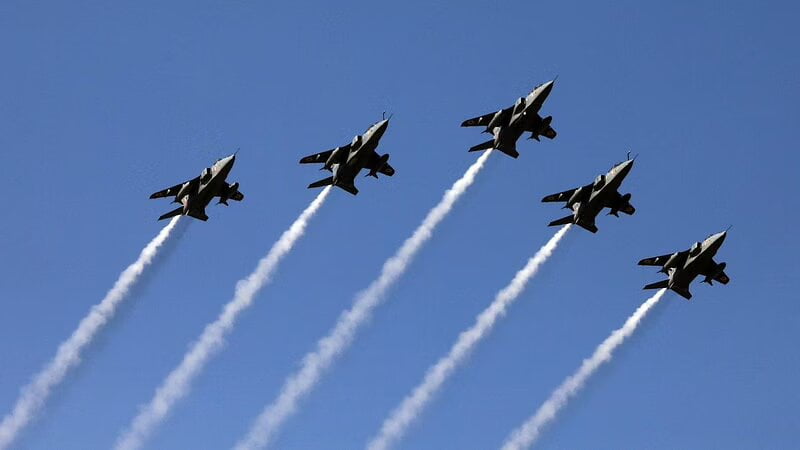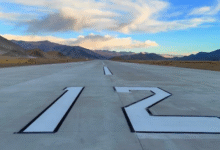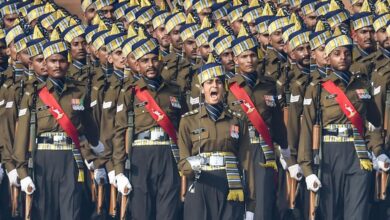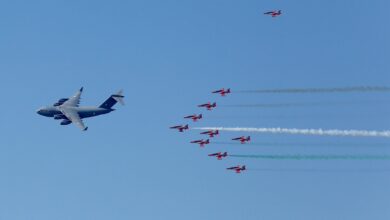Why is Deesa Airbase essential to the IAF’s capacity for war?

- The new airport will also close a critical tactical gap between the forward air bases at Naliya, Bhuj in Gujarat, and Phalodi in Rajasthan.
- The Pakistan air force is anticipated to increase its air assets in the region once Deesa airfield becomes operational in 2024
In the worst-case scenario, the more than $1 trillion industrial complex in Gujarat, located near and around Ahmedabad, Bhavnagar, and Vadodara, will serve as the target for enemy aircraft taking off from Mirpur Khas, Hyderabad, and Shahbaz F-16 airbase in Jacobabad in Pakistan.
Today, Indian Prime Minister Narendra Modi laid the cornerstone for the new Indian Air Force (IAF) airbase at Deesa in Gujarat’s Banaskantha district, praising it as an efficient hub for the country’s security. A just 130 kilometres from the Indo-Pak border, the Deesa air base, according to him, will be better prepared to respond to any threat coming from the western side.
The Vajpayee administration granted the Indian Air Force (IAF) an in-principle clearance for the Deesa airbase back in 2000, however the UPA administration put the project on hold for the following 14 years. The project was resurrected after Narendra Modi became prime minister, but what really got it going in 2017 were the huge floods in Banaskantha.
The Air Headquarters, then led by Air Chief Marshal B S Dhanoa, found it extremely challenging to provide a relief air bridge to the affected area due to bad weather and no nearby airfield as Deesa was still lying-in files when PM Modi and then Defence Minister Nirmala Sitharaman requested IAF to provide flood relief. At that time, the government’s approval of the airbase and the money of Rs. 1,000 crore were secured by Defence Minister Nirmala Sitharaman.
It is pretty obvious that the IAF would have a new forward base with air defence fighter aircraft in position in the next two years as a result of PM Modi securing the funding release for the airbase development through the current Finance Minister Nirmala Sitharaman.
Although PM Modi said the Deesa airbase will give the IAF in this sector a faster offensive capability, the new airport will also close a critical tactical gap between the forward air bases at Naliya, Bhuj in Gujarat, and Phalodi in Rajasthan.
In the worst-case scenario, the more than $1 trillion industrial complex in Gujarat, located near and around Ahmedabad, Bhavnagar, and Vadodara, will serve as the target for enemy aircraft taking off from Mirpur Khas, Hyderabad, and Shahbaz F-16 airbase in Jacobabad in Pakistan. With its deep penetration strike aircraft, Deesa will also expose the vulnerability of the Pakistani cities of Hyderabad, Karachi, and Sukkur.
The IAF has no plans to station its front-line Rafale or Su-30 MKI jets at Deesa because it is a forward airbase. Instead, it would position air defence aircraft like the MiG-29 and Tejas to intercept enemy aircraft and hinder their ability to hit Gujarat’s industrial complex.
In addition to supporting any future land offensives, the airbase can be used to retaliate against Pakistan in the event of a significant terrorist attack in Gujarat or along the south-western sector.
The Pakistan air force is anticipated to increase its air assets in the region once Deesa airfield becomes operational in 2024, as Indian fighters can cross the international boundary in under two minutes at Mach 2.0 speed if the red flag is raised.







Facebook Comments